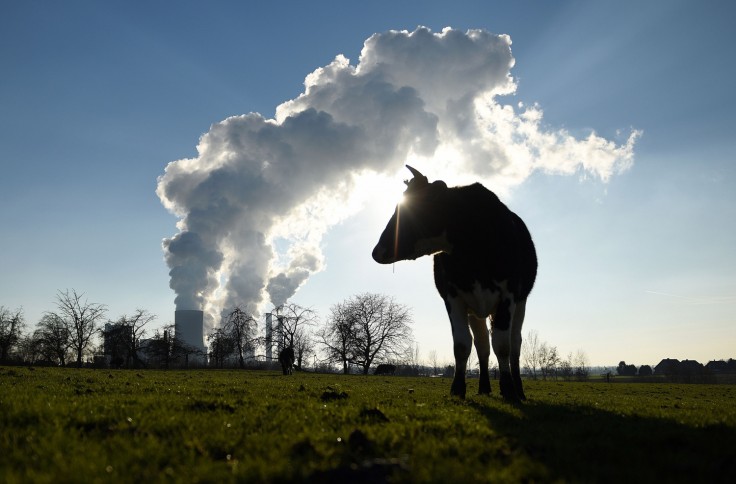
More studies about nanotechnology continues to develop as use of matter and molecular scales are being applied especially for industrial purposes. And now, it seems like a 'mission' of its purpose is somehow being established by scientists; nanotechnology could be useful to save the environment and help maintain sustainability of the planet.
Chemical substances and materials that are manufactured and used in an exceedingly small scale are called nanomaterials. These materials subsequently display a more defined, but at the same time unpredicted properties and tones that show high-surface-area-to-volume ratio among its unique and useful characteristics.
ALSO READ: Flipino-Made AuREUS System Technology Bags Inaugural James Dyson Sustainability Award
The application of nanotechnology has found a place on saving the environment because of the nanomaterials' profound use due to its versatility. It is not only helpful because of raw material preservation, but also a vital instrument to save water, energy, and to prevent greenhouse gasses and harmful wastes to continually cause natural disruptions.
Nanotechnology is referred to as Green Nanotechnology when it is thoroughly applied to sustainability, to enhance environmental sustainability of negative externalities production processes, and for longer surviving rate of natural and man-made elements as well in the planet.
The Developing Green Nanotechnology
Green Nanotechnology is defined to have two main goals. These are to safely produce nanomaterials and products that will not affect or harm the environment and overall human health, and to create solution-giving nano-products to the current and possibly future environmental problems. Majority of the biggest environmental problems of today include air pollution (linked to, as mentioned earlier, greenhouse gasses), and oil spilling to name a few.
The use of nanotechnology to air pollution is mainly to improve air quality. It has a bigger capability to react with dangerous vapor substances, such as magnesium oxide. This is quite common from the smoke coming out of industrial factories and smoke-belching automobiles. Nanotechnology's higher probability to see a quicker reaction among these particles is highly possible thanks to its larger are of surface.
Another use of nanotechnology for air pollution is its capacity to treat carbon-based nanoparticles, volatile organic compounds, and greenhouse gasses. Its big surface area again is the main reason for this, although a bonus as seen by scientists is just by producing and using renewable energies already reduces caron dioxide in the air.
Structures that are defined to have a diameter being limited to tens and thousand of nanometers are coined by experts as nanowires. A mesh wire like material, this is the main material used for cleaning oil spills in a much time-saving way. Also, along with the cleaning done by nanowires is the chance to save and recover oil from the waters.
Water filtration is also more innovative today with the use of nanotechnology. Nanofiltration, as it is called, has been already in use in some countries. Nanometer sized cylindrical pores are used for membrane filtration procedure, with pores measured from 1-10 Angstrom. Although still not available in the market, but some low-cost devices providing water treatment as based on nanotechnology, including nano-constructed membrane devices that can help produce potable water.
ALSO READ: Self-Charging Battery that can Surprisingly Last for up to 28,000 Years can be Coming Soon









